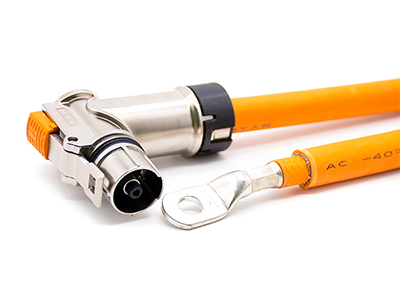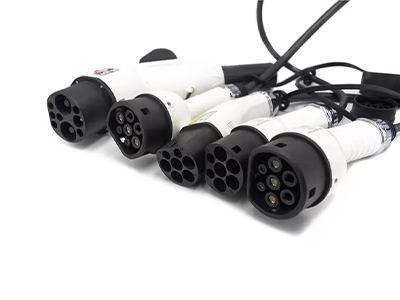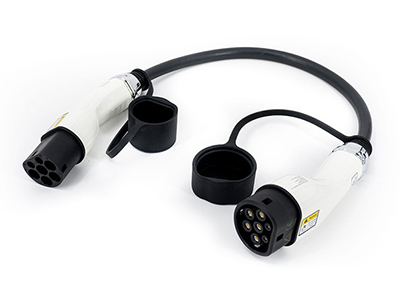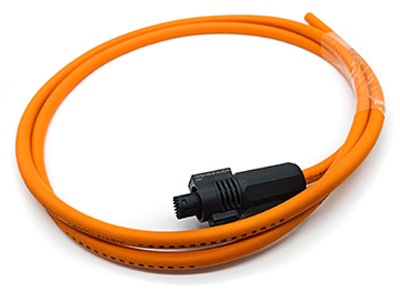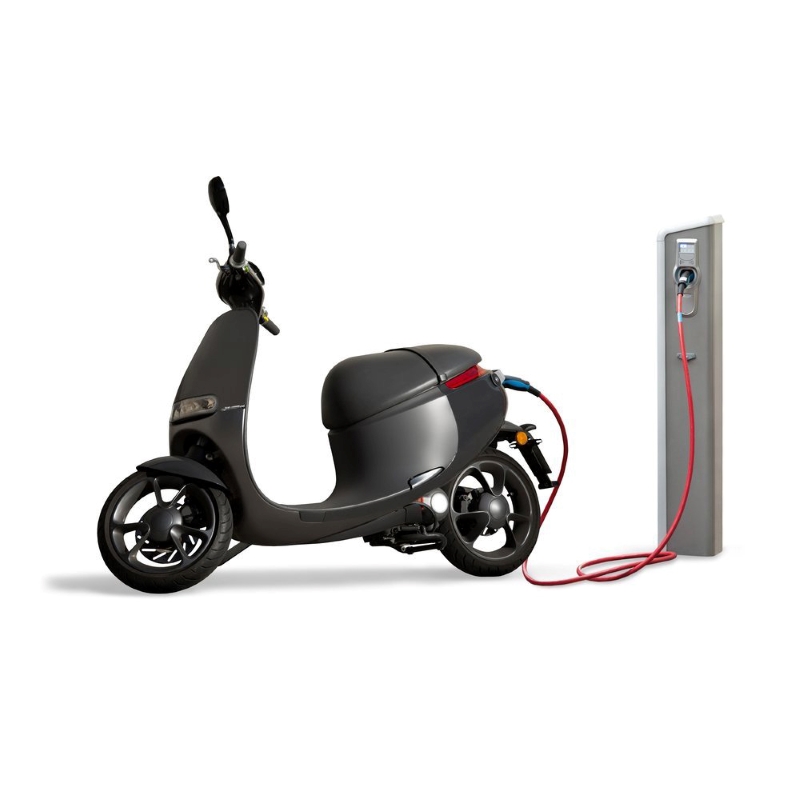News
How Far Can an EV Go on a Single Charge?
Electric vehicles (EVs) have gained popularity in recent years due to their eco-friendliness and cost-effectiveness in the long run. However, one of the biggest concerns among EV owners is the driving range of their vehicles. The question of how far can an EV go on a single charge is frequently asked. In this article, we will explore this question and provide some insights on how to maximize the driving range of an EV.
Factors Affecting Driving Range
The driving range of an EV depends on several factors, including the following:
- Battery Capacity: The capacity of the battery is one of the most significant factors affecting the driving range. The higher the capacity of the battery, the longer the driving range.
- Driving Conditions: Driving conditions, such as weather, terrain, and traffic, can affect the driving range of an EV. Driving in extreme weather conditions, such as very hot or very cold temperatures, can reduce the driving range.
- Driving Style: Driving styles, such as aggressive acceleration and braking, can reduce the driving range of an EV.
- Vehicle Weight: The weight of the vehicle can affect the driving range of an EV. Heavier vehicles require more power to move, which can reduce the driving range.
- Accessories: Accessories, such as air conditioning and heating, can affect the driving range of an EV. Using these accessories can consume more power and reduce the driving range.
- EV Charging Connectors: High-quality chargers are designed to charge your vehicle quickly and efficiently, allowing you to spend less time plugged in and more time on the road. Cheaper, lower-quality chargers may take longer or not charge your car’s battery as effectively, leading to reduced efficiency and wasted time.

Maximizing Driving Range
There are several steps that EV owners can take to maximize the driving range of their vehicles. Here are some tips:
- Plan Ahead: Planning the route ahead of time can help avoid unnecessary detours and ensure that the vehicle reaches its destination without running out of power.
- Drive Efficiently: Driving efficiently, such as avoiding sudden acceleration and braking, can reduce power consumption and increase the driving range.
- Use Eco Mode: Most EVs come with an eco mode, which reduces power consumption and increases the driving range. Using eco mode can help maximize the driving range.
- Avoid Extreme Weather Conditions: Extreme weather conditions, such as very hot or very cold temperatures, can reduce the driving range of an EV. Avoiding driving in these conditions can help maximize the driving range.
- Minimize Use of Accessories: Using accessories, such as air conditioning and heating, can consume more power and reduce the driving range. Minimizing the use of these accessories can help maximize the driving range.
Driving Range of Popular EVs
The driving range of EVs varies depending on the make and model of the vehicle. Here are the driving ranges of some popular EVs:
- Tesla Model S: The driving range of the Tesla Model S is up to 390 miles on a single charge.
- Chevrolet Bolt EV: The driving range of the Chevrolet Bolt EV is up to 259 miles on a single charge.
- Nissan Leaf: The driving range of the Nissan Leaf is up to 150 miles on a single charge.
- Hyundai Kona Electric: The driving range of the Hyundai Kona Electric is up to 258 miles on a single charge.
- Ford Mustang Mach-E: The driving range of the Ford Mustang Mach-E is up to 300 miles on a single charge.
In conclusion, the driving range of an EV depends on several factors, including the battery capacity, driving conditions, driving style, vehicle weight, and accessories. EV owners can take several steps to maximize the driving range, such as planning, driving efficiently, using the eco mode, avoiding extreme weather conditions, and minimizing the use of accessories. The driving range of popular EVs varies, with some vehicles having a range of over 300 miles on a single charge. As EV technology continues to improve, we can expect to see longer driving ranges in the future.





